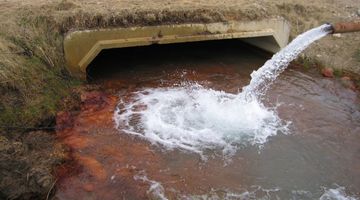In this video, educator Angela Schipper demonstrates how to build an aquifer model and simulate a point source contamination of the groundwater. This is an excellent activity that needs only a few easy to organise resources.
Point source contaminations include pollutants that occupy relatively small areas that can be identified and that often have a concentrated output, like a landfill, for example.
Points of interest: Teachers may want to discuss with their students the effects of point source pollution.
Nature of science
Scientists make use of models to test predictions. Models allow scientists to test a range of scenarios without potentially harming the environment.
Transcript
NARRATOR
Point sources of pollution are directly identifiable sources of contamination – these can be landfills, leaking chemical storage tanks or spills. These are the materials we need for the point source pollution activity. Set up the aquifer model using stones and sand. The sand layer at the top of the model needs to be fairly thick. Make a small hole and add some coloured sugar. Cover the sugar with sand. This represents an old landfill. When it rains, nothing appears to happen at first. It takes time for the water to dissolve the contaminants in our landfill, but eventually the aquifer and lake do turn red. New landfill sites are built to reduce ground water pollution. Their design includes a confining layer to prevent polluted water from escaping. The water is often collected and pumped to a wastewater treatment plant.




